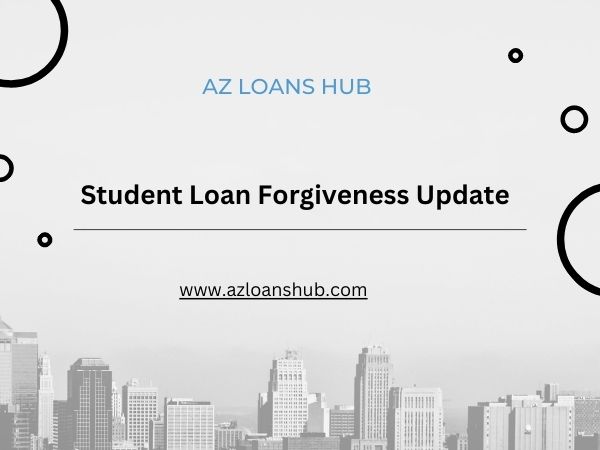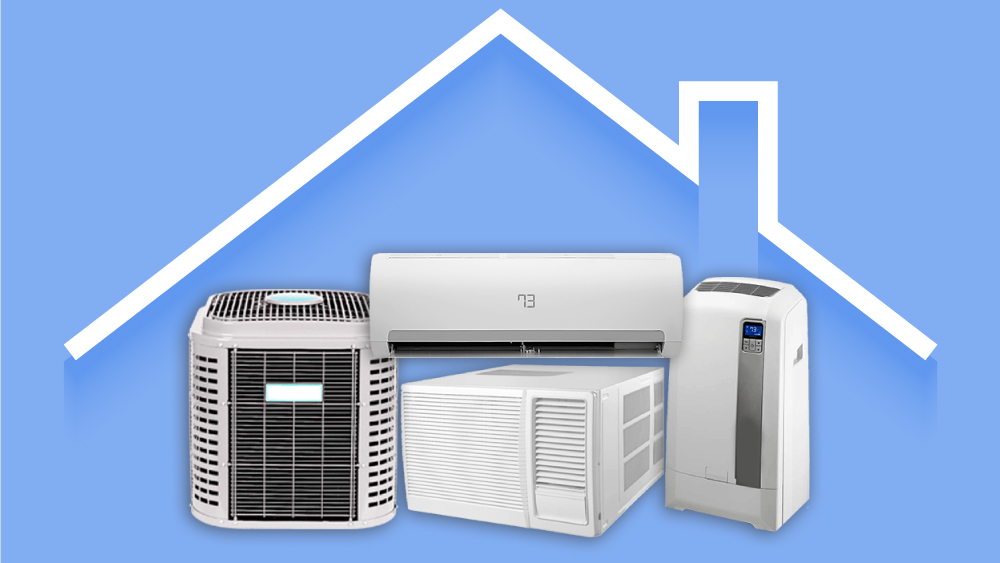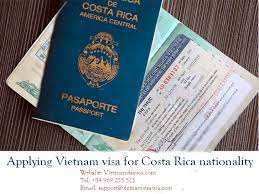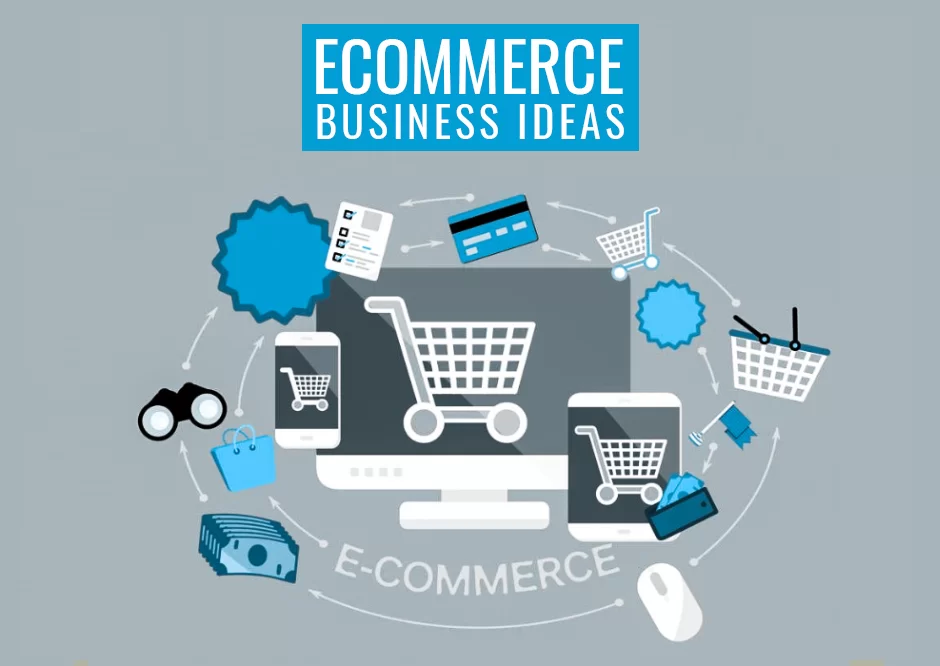Table of Contents
- Understanding Student Loan Forgiveness
- The Benefits of Student Loan Forgiveness
- Lightening the Debt Burden
- Increased Disposable Income
- Enhanced Credit Scores
- Promoting Economic Growth
- Potential Drawbacks of Student Loan Forgiveness
- Moral Hazard
- Tax Implications
- Impact on Future Borrowers
- Eligibility Criteria for Student Loan Forgiveness
- Available Student Loan Forgiveness Programs
- Public Service Loan Forgiveness (PSLF)
- Income-Driven Repayment (IDR) Forgiveness
- Teacher Loan Forgiveness Program
- Perkins Loan Cancellation
- The Politics of Student Loan Forgiveness
- The Role of Financial Education
- Alternatives to Student Loan Forgiveness
- How to Navigate Student Loan Forgiveness
- Conclusion
Introduction
Student loans have become a significant financial burden for many individuals pursuing higher education. As the outstanding student loan debt in the United States reaches unprecedented levels, the discussion of student loan forgiveness has gained traction. Student loan forgiveness is a potential solution that aims to alleviate the financial stress faced by borrowers. In this article, we will explore the impact of student loan forgiveness on borrowers’ finances, analyzing both the advantages and potential drawbacks.
Understanding Student Loan Forgiveness
Student loan forgiveness refers to the partial or complete cancellation of student loan debt owed by borrowers. It is often implemented as a government initiative aimed at reducing the financial burden on graduates who struggle to repay their loans. Various student loan forgiveness programs exist, each catering to different categories of borrowers and professions.
The Benefits of Student Loan Forgiveness
Lightening the Debt Burden
One of the primary benefits of student loan forgiveness is the relief it provides to borrowers facing immense debt. Graduates who carry significant student loan balances may find it challenging to meet other financial obligations such as housing, healthcare, and retirement savings. Forgiveness programs offer the potential for a fresh financial start.
Increased Disposable Income
With the burden of student loan debt lifted, borrowers can experience an increase in disposable income. The extra funds can be redirected towards important life goals, such as purchasing a home, starting a family, or pursuing further education. This injection of spending power can stimulate economic growth.
Enhanced Credit Scores
Student loan debt can negatively impact borrowers’ credit scores if they struggle to make timely payments. With student loan forgiveness, the cancellation of debt can result in an improvement in credit scores, allowing borrowers to access better credit terms and interest rates in the future.
Promoting Economic Growth
Student loan forgiveness can promote economic growth by freeing borrowers from student loan debt. When graduates have more disposable income, they are more likely to spend, invest, and contribute to economic activity, leading to a stronger and more vibrant economy.
Potential Drawbacks of Student Loan Forgiveness
Moral Hazard
One potential drawback of student loan forgiveness is the moral hazard it may create. Some argue that forgiving student loan debt could incentivize borrowers to take on more debt with the expectation of future forgiveness. This behavior may exacerbate the student loan debt crisis.
Tax Implications
Another consideration is the tax implications of forgiven student loan debt. In some cases, forgiven debt may be treated as taxable income, resulting in unexpected tax liabilities for borrowers. Understanding the tax consequences is essential for borrowers seeking forgiveness.
Impact on Future Borrowers
Student loan forgiveness may also have implications for future borrowers. If the cost of forgiveness programs falls on taxpayers, it could lead to increased scrutiny and potential cuts in financial aid for future students.
Eligibility Criteria for Student Loan Forgiveness
To qualify for student loan forgiveness, borrowers typically need to meet specific eligibility criteria. These criteria may include working in specific professions, making qualifying payments for a certain period, or enrolling in income-driven repayment plans.
Available Student Loan Forgiveness Programs
Several student loan forgiveness programs are available to borrowers, each catering to different circumstances. These programs include:
Public Service Loan Forgiveness (PSLF)
The PSLF program offers forgiveness to borrowers who work in qualifying public service positions and make 120 qualifying payments under an eligible repayment plan.
Income-Driven Repayment (IDR) Forgiveness
Under IDR plans, borrowers can receive forgiveness after making payments for 20 or 25 years, depending on the specific plan.
Teacher Loan Forgiveness Program
Teachers who work in low-income schools may be eligible for loan forgiveness after five consecutive years of service.
Perkins Loan Cancellation
Certain professions, such as teachers, nurses, and military personnel, may be eligible for partial or complete cancellation of Perkins loans.
The Politics of Student Loan Forgiveness
The topic of student loan forgiveness is often a subject of political debate. Different political ideologies may have contrasting views on the effectiveness and fairness of forgiveness programs.
The Role of Financial Education
Financial education plays a crucial role in navigating student loan forgiveness. Borrowers must understand the implications of forgiveness, tax consequences, and the long-term impact on their financial lives.
Alternatives to Student Loan Forgiveness
While forgiveness programs offer relief to some borrowers, exploring alternatives such as refinancing, consolidation, or income-driven repayment plans is essential for others.
How to Navigate Student Loan Forgiveness
Navigating student loan forgiveness requires careful consideration of individual circumstances, financial goals, and program requirements. Seeking professional advice and understanding the fine print is crucial for borrowers seeking forgiveness.
Must read:https://www.azloanshub.com/breaking-news-updates-on-student-loan-forgiveness-program/
Conclusion
Student loan forgiveness can significantly impact borrowers’ finances, providing relief from debt burdens and improving financial well-being. While the benefits of forgiveness are evident, it is essential to consider potential drawbacks and the long-term implications for the education and financial systems. By understanding eligibility, exploring alternatives, and making informed decisions, borrowers can navigate student loan forgiveness effectively.
FAQs
- Q: Can student loan forgiveness impact my credit score?
- A: Yes, forgiveness can positively impact your credit score as forgiven debt is no longer considered in default.
- Q: Is all student loan debt eligible for forgiveness?
- A: Not all student loan debt is eligible for forgiveness. Specific programs have different eligibility criteria.
- Q: How long does it take to receive forgiveness under the Public Service Loan Forgiveness program?
- A: Borrowers need to make 120 qualifying payments, which usually takes ten years, to receive forgiveness under the PSLF program.
- Q: Are there any limitations on the amount of forgiven debt?
- A: Yes, some forgiveness programs have a maximum amount of debt that can be forgiven.
-
Q: Can student loan forgiveness be reversed?
- A: In some cases, forgiveness may be reversed if borrowers fail to meet program requirements after initial forgiveness.



